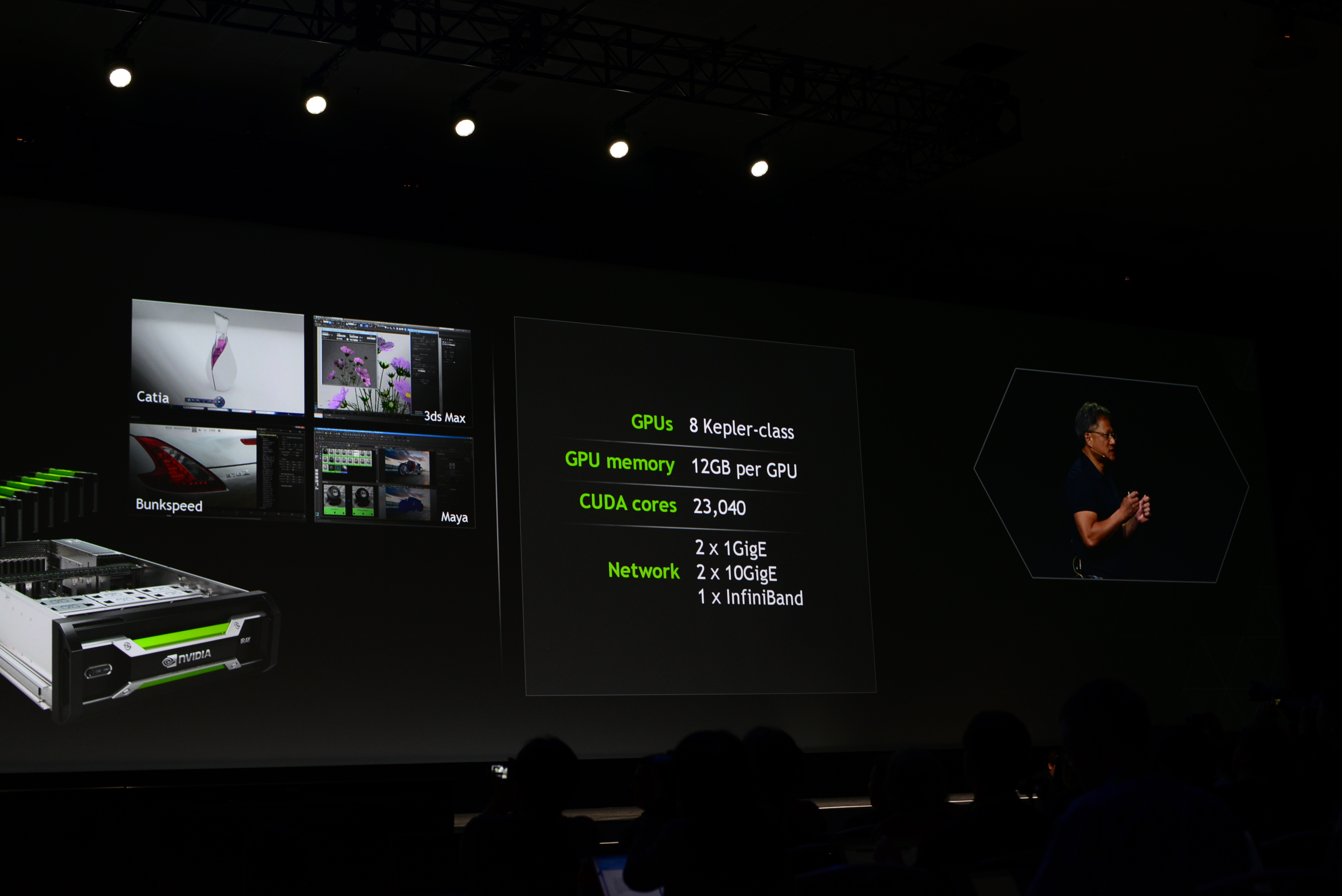dividebyzero
Posts: 4,840 +1,279
Well, I was referring primarily to the 7950's dying from all causes (including switching on the system, or via normal use)- not only mining...and that's without the spate of reduced BoM models from Gigabyte and Sapphire not being able to maintain stock settingsCards are failing under prolonged mining...Well yea I mean did you expect anything less...
The principle is the same for individual or dual cards with XDMA. The old Crossfire bridge signalling/transfer maxed out at ~0.88GB/sec versus 31.5GB/sec for PCIe 3.0 ( @ x16 electrical). Theoretically, latency should actually be reduced with shorter electrical connections.Im only pointing out a fact, and either way Hawaii's crossfire is more than stable so unless there is some royal ****-up with crossfire over PCIE with dual GPU cards
An AMD board launch with no driver issues, now that would be a red letter day for sure....there should not be problems with drivers
Of that I'm well aware- since I'm the one that linked to the information a few days ago back in post #19.Who knows, when it comes more into the light we can make all our judgement's then since the rumor and guess seems to be an AIO cooler.
As for advance judgement, this card is going to have to be something that defies history if it doesn't fail in comparison with two single GPU cards- whether it be price, noise/heat, driver support (inc longevity), performance, or reliability. Dual cards never win out over two single cards without some severe compromises somewhere along the line.
Something tells me that if this card ships with an AIO attached it will either be much more expensive than two single GPU cards, or it will effectively be drip-fed into the channel....which brings us to
Well, the leak mentioned that the 295X (?) will be clocked up to 1000MHz, so you're looking at close to full spec CFX 290/290X depending upon core count. Crossfired 290X are ~550W - 600W under heavy gaming workloadsI'm more concerned the power limiters of the cards and stuff than driver support

Which is already a reasonable (but manageable) strain to put an AIO under...not so once overclocking comes into play I would imagine.


